The Museum of Cham Sculpture in Da Nang
With their roots dating back as far as 192 AD, Vietnam's indigenous Cham people lived an Indian way of life in both culture and language. The Cham Museum in Danang is dedicated to this period and the Champa existence which began predominantly in the coastal areas of Vietnam. Housing the largest exhibition of Cham sculpture in the world, the museum displays almost 300 terracotta and stone works of art ranging from the 7th to the 15th centuries.

Many of the exhibits are considered masterpieces of their field showcased according to the region in which they were found with a total of ten separate interior exhibition rooms. All of the sculptures on display fall into one of the following sections – icon, pedestal, pediment, or fragment, with the area in which they were found determining where they are exhibited.
When you've finished browsing the internal creations, step outside to appreciate the building itself carefully crafted with objects of worship including idols and holy animals surrounded by flowers, leaves and turrets all symbols of Hinduism.
The Kingdom of Champa governed Southern Vietnam from 192 A.D to 1697 and left behind a legacy of unique Cham motifs and Hindu-flavoured architecture defining this period. Examples of this style can be seen in the temples and towers decorating the coastal and mountain areas of Quang Nam, Binh Dinh, Binh Thuan, Khanh Hoa and Danang which is where the museum is also situated.
The museum itself is also a fine example of Cham architecture with flowing simple lines, designed by the French architects Delaval and Auclair. Most of the artwork in the museum from this period takes the form of sculpture with a decidedly feminine feel and was gathered from Quang Binh up to Binh Dinh prior to the Cham Museum opening at the end of the 19th century.
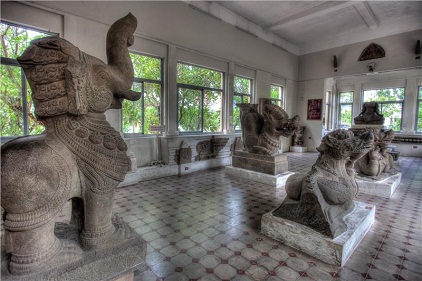
In addition to the abundance of Hindu-influenced pieces there are also some that have evidently drawn inspiration from Buddhism including altars and deities. This range in religion reflects the eight centuries of Champa life from its start through to its height and then decline, with some of the more decadent pieces coming from the Champa golden age.
It is the only museum of its kind in the world dedicated to the Champa era and was founded during the colonial French rule in 1915. Other sites rich in Cham history include Tra Kieu, Dong Duong, Thap Man and My Son which were all famous Champa areas and are well worth a visit as part of a wider study into this fascinating period. There is an onsite shop selling imitation pieces and there are also English-language guidebooks for sale.
The Museum of Cham Sculpture
Opening Hours: Daily from 07:00-17:00
Location: At the intersection of Bach Dang and Trung Nu Vuong in Danang by the Han River
See more
-
.jpg)
Minh Chau Beach
Minh Chau Beach is a private beach located on Quan Lan Island, Quang Ninh Province, which is only 15 kilometers away from Quan Lan Beach. For those who want a long journey, a...
-
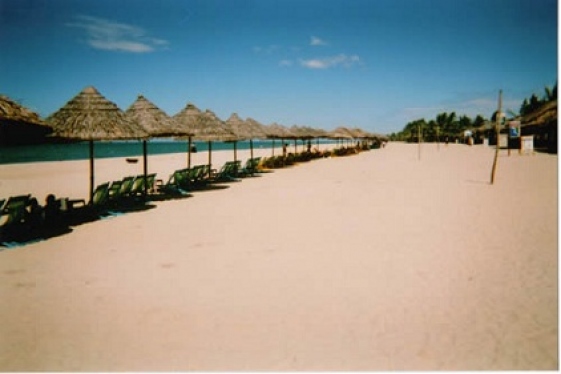
Cua Dai Beach in Hoi An
Cua Dai is one of just five Vietnamese UNESCO World Heritage Sites offering an unrivalled seaside escape from the ancient streets of Hoi An. This 3km stretch of fine white...
-
.jpg)
Minh Mang tomb
Minh Mang Tomb is in Huong Tho Commune, Huong Tra District, on the west bank of Perfume River and about 12km south of Hue City center. This place is where 2 tributaries join...
-
.jpg)
Bach Thao Park
Bach Thao means “hundreds of plants” and like its name, the park is one of the few green areas in the increasingly industrialized city of Hanoi. Bach Thao Park or...
-
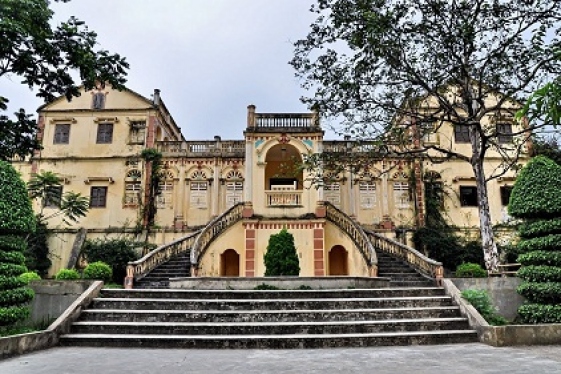
Hoang Yen Chao Castle
Hoang Yen Chao Castle is a unique architectural construction combining Eastern style and Western style. Built in the 20th century, it belongs to Na Hoi Tho Village, Bac Ha...
-
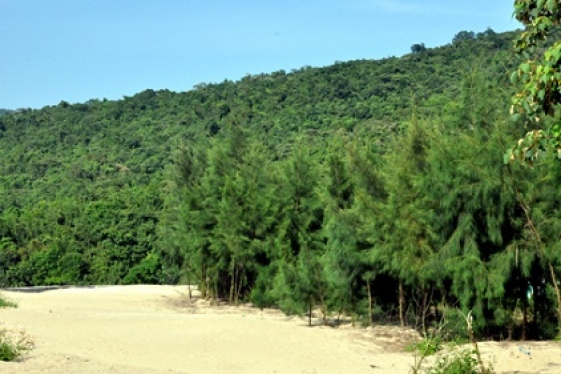
Ba Mun Island
Ba Mun Island is an island belonging to Minh Chau communes of Van Don District of Halong Bay, lying parallel to the island of Quan Lan. The Island is also known as High Island...
-
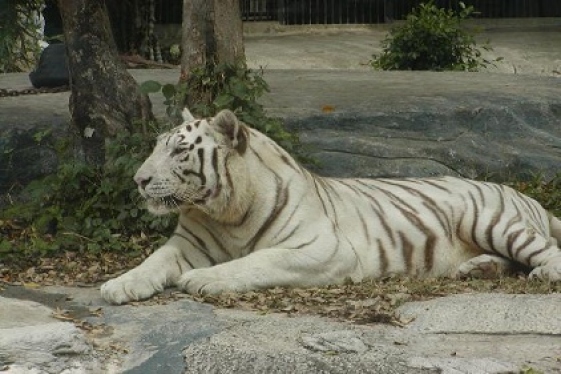
Ho Chi Minh City Zoo & Botanical Gardens
Founded more than 100 years ago, Ho Chi Minh City Zoo and Botanical Gardens (aka Saigon Zoo and Botanical Gardens) are listed as one of the oldest zoos in the world, opened...
-
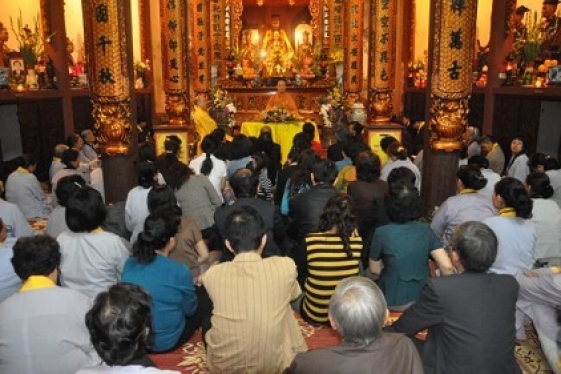
Ly Quoc Su Pagoda
Located at 50 Ly Quoc Su Street in the Old Quarter, only 50m from St Joseph's Cathedral, Ly Quoc Su Pagoda is one of the oldest ones of its kind in Hanoi
-
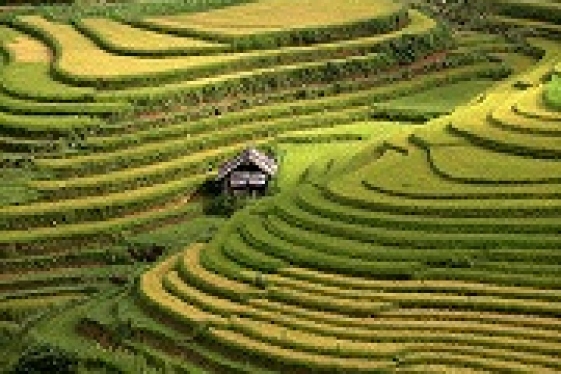
Ta Phin Village
Ta Phin village is famous as an attractive ecotourism of Lao Cai province and shoul not be missed when traveling to Sapa . Ta Phin village is home to...
-
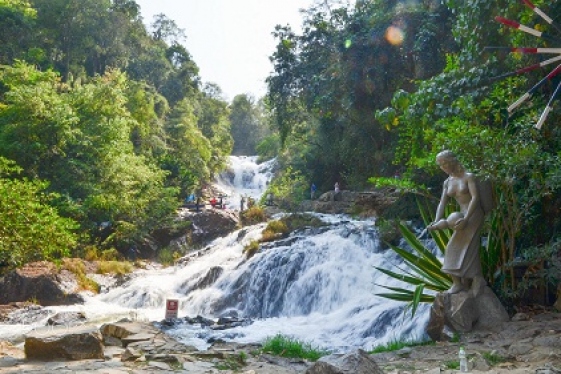
Datanla Waterfall
Datanla waterfall is a well-known for an adventure destination with the largest waterfall in Dalat . Tourists enjoy not only the spectacular landscapes here but also many...
Destinations
Most popular tours
-
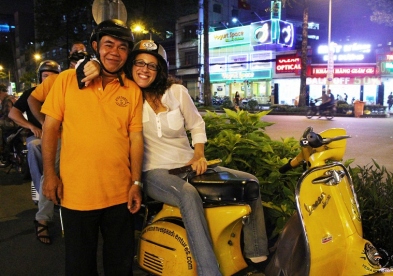
Saigon Tour by Vintage Vespa
Price from: 90 US$
-

Cu Chi Tunnels by Speedboat
Price from: 84 US$
-

Explore Vietnam
Price from: 640 US$
-

Discovery North of Viet Nam
Price from: 460 US$
Business info
Vietnam Local Guide
- Address: 18th Floor, VTC Online Tower, 18 Tam Trinh Str.,Hai Ba Trung Dist., Hanoi, Vietnam
- Email: info@vietnamguider.com
- Phone: (+84) 0904989890
- Hotline: (+84) 0904989890